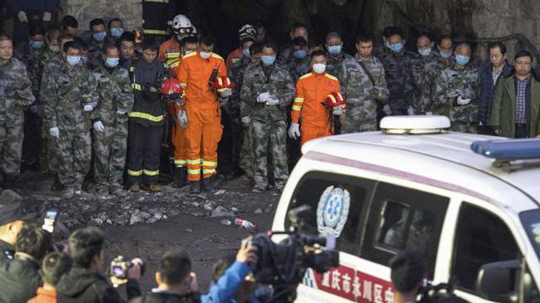Beijing, Nov 2: All 33 miners missing after a colliery explosion in China earlier this week have been confirmed dead, state media reported Wednesday, in the country's latest mining accident.

The bodies of the last 15 were retrieved from the Jinshangou mine in the southwestern municipality of Chongqing in the early hours, the official Xinhua news agency said.
Only two workers escaped Monday's blast alive.
Though the cause of the explosion was still unknown, preliminary investigations showed that the colliery had exceeded its mining boundaries, was poorly ventilated, and had insufficient and malfunctioning equipment, Xinhua said.
Privately-owned Jinshangou is licensed to produce 60,000 tonnes of coal a year.
China is the world's largest coal producer and deadly accidents are common.
In September at least 18 people were killed after a mine explosion in the northwestern Ningxia Hui Autonomous Region.
In March, 19 people died in a coal mine accident in the northern province of Shanxi.
Officials say the number dying annually in the country's mines has fallen substantially in the past decade, to fewer than 1,000 a year.
But some rights groups argue the actual figures are significantly higher due to under-reporting.






Comments
Add new comment